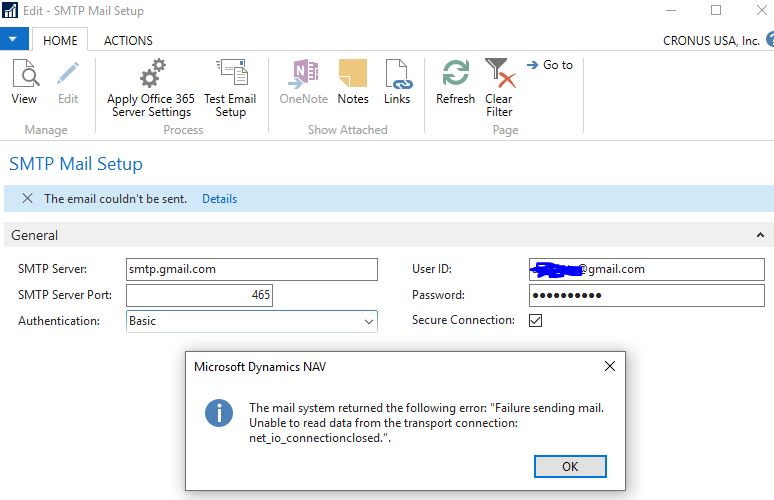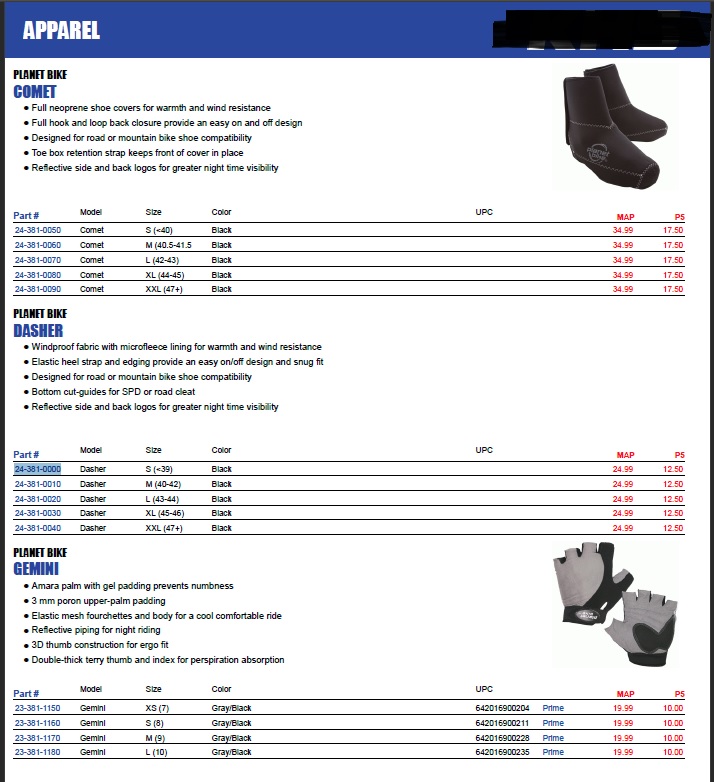Overview
Having worked with Dynamics 365 Business Central (Dynamics NAV) for years, one of the biggest concerns I have when working with clients is receiving a really big Excel file with a message saying “my numbers don’t match! Please match it up for me!”
While I always love a good challenge on solving complex problems, after some time, these types of questions concern me. Most of the time, the client did not do their work on looking through the spreadsheet and did not try to figure out where the numbers went wrong before sending them to me.
Part of the challenge with working with anything new is to put in your own work and your own time. You can see the process as a time investment, but also the understanding of how to diligently figure out where the numbers are going when you perform certain actions within Business Central.
Being Young and…Not so Wise
Back in the days when I was a young consultant, I would always solve these big Excel sheet problems myself and help customers make sense of the numbers in the huge spreadsheet.
However, a few months later, the clients would inevitably come back with another big spreadsheet asking me to figure it out for them again…And again and again.
Hey, these were free billable hours, so why not?
Over the years, I realized what I was doing was wrong.
All the knowledge that I’ve built analyzing the data and tracing the transactions through Business Central was almost impossible to transfer to my clients. While I can tell them where to go to do the tracing, knowing how to do it, what tools to use, and what fields to look at is really the key.
More often than not, when I was telling the clients where to do the tracing, the clients kind of nodded, acknowledged what I said, but in the end just took my answer as is, without really understanding how to get there.
These hours I spent getting to know my clients systems and data, in the end, was lost – and that’s something they could have benefited from if they did it themselves.
Knowledge Lost
Effectively what I was doing was showing the client how to fish, but in the end, I was giving the client the fish. By doing all the work myself, I was robbing my clients of the ability to gain further understanding of their own data and how they relate to Business Central (Dynamics NAV). More importantly, they wouldn’t grasp the key understanding of what tools to use so they can navigate their data within their system.
Even if I figured out the mystery, the client did not get the key knowledge of how to figure it out themselves the next time their numbers don’t match. All the knowledge about reconciling between their Excel sheet and Business Central (Dynamics NAV) was then lost.
Instead, I realized that the smarter thing to do was to teach the users how to fish and insist on the clients to do the fishing themselves! In the first few tries, I would walk through with the user on the data they’re looking at, then assign them the tasks that I would do if I was doing the work. They would come back with the results from the first lists of tasks then I would guide them to the next set of tasks, and so forth, until the conclusion is reached.
Conclusion
We all need help with what we do. We grow up with the tradition of transfer of knowledge, by learning from someone more knowledgeable. With more knowledge about your surroundings, life will inevitably get easier because then, all complex problems can be solved without too much effort.
One big part of having an easier work life is to understand what’s going on with your operation and how it translates into your system. There’s no way to build this knowledge without doing your work yourself beforehand. You need to understand your tools and understand your data.
I find that the users that are able to pick up the system the quickest are the ones that come to me with specific questions confirming their suspicion.
For example, if my clients asks whether they can change an account setting on the General Posting Setup to affect certain sales transactions because they want their financial reporting to look a certain way – rather than asking me why their revenue accounts don’t match the financial reports they want – that’s a sign that eventually, they’ll be able to figure everything out by themselves.
Building an understanding of your data and your system can take more time at the beginning, but it pays off in the long-term, and in the meantime, AP Commerce is there to get to know them!









